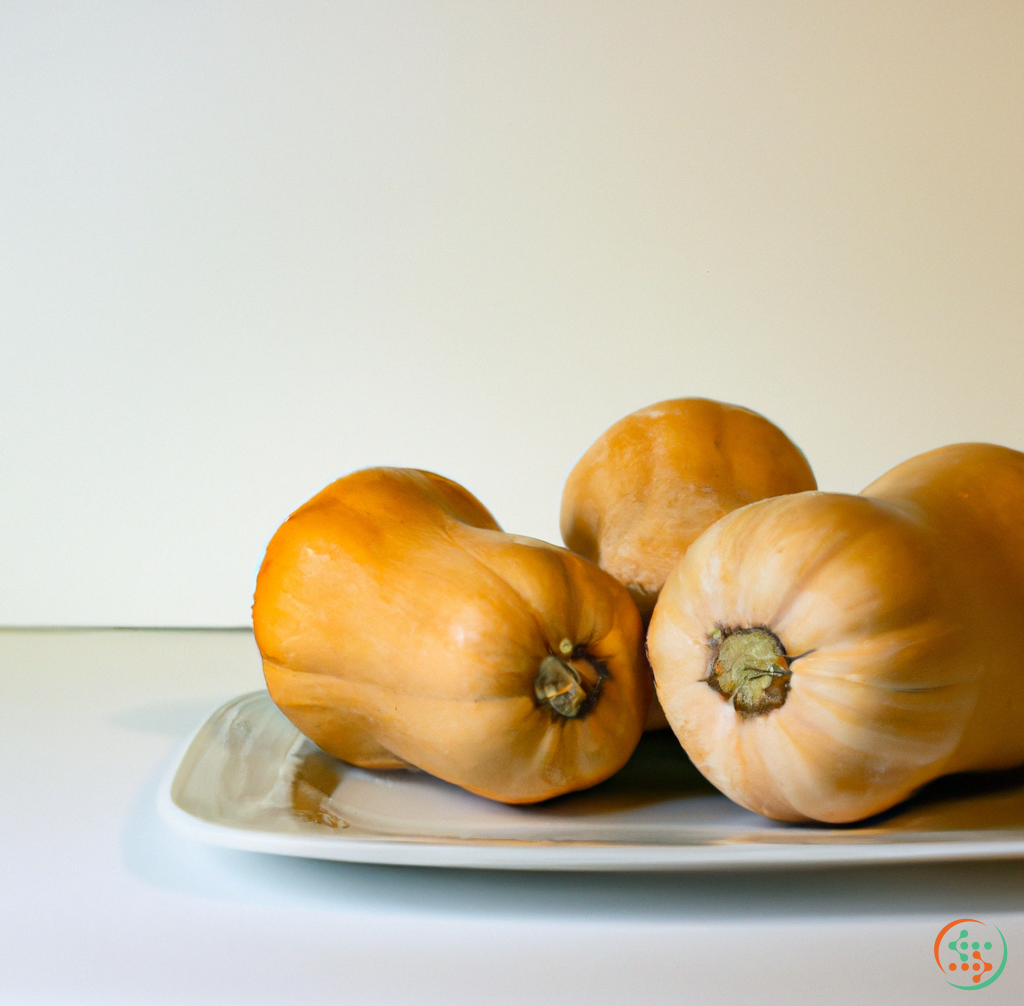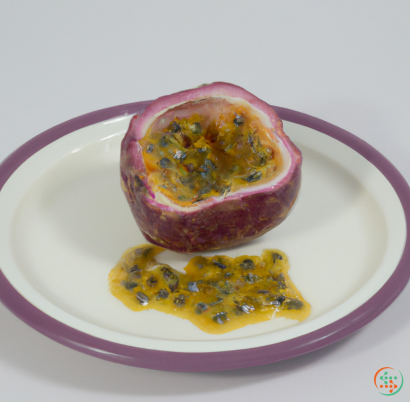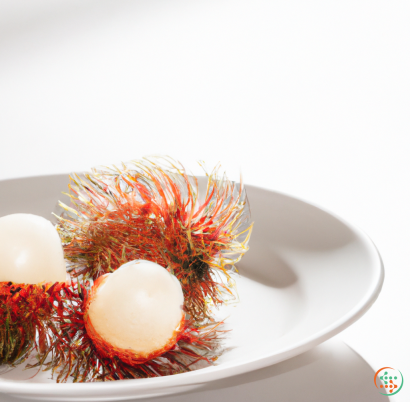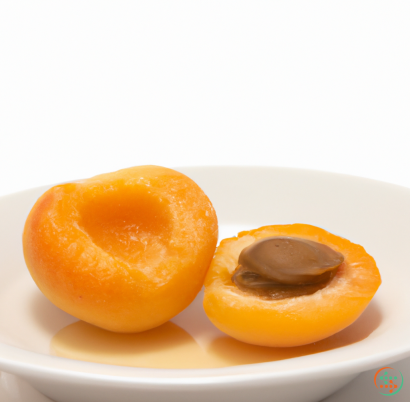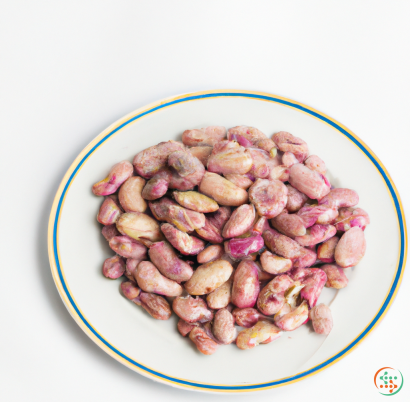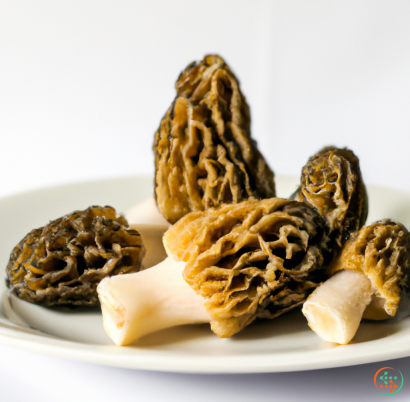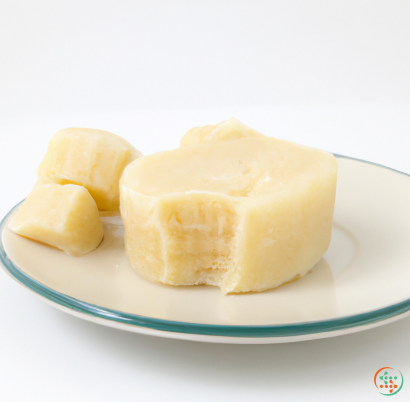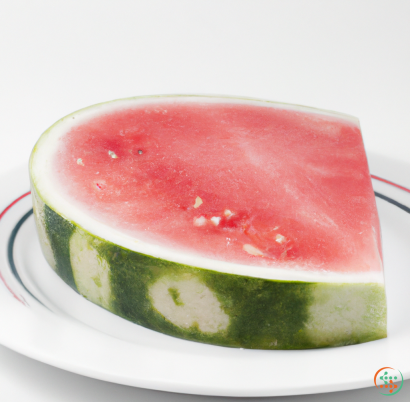Butternuts
Butternuts, also referred to as pignuts, are a type of nuts that grows in the butternuts tree. They have a unique shape and taste, making them an interesting addition to any dish. Butternuts are native to the eastern United States and Canada and have been grown for centuries by those living in these locations.
These nuts are small in size, typically about the size of a large grape. Their shape is oval, but tapers at each end, giving them their distinctive nut-like shape. When ripe, they are light to medium brown in color, although they can be found in a range of shades. Like many nuts, butternuts have a hard outer shell and a soft, creamy white center. Once cracked open, the inner part is what makes up the most valuable part of the nut, which is known as the 'kernel'.
Nutritionally, butternut nuts are a good source of essential minerals and vitamins. They are an excellent source of thiamin, which helps keep our metabolism and nervous system healthy. They are also high in dietary fiber and healthy fats, including mono- and polyunsaturated fat, which can have a positive impact on cholesterol levels and heart health. Additionally, butternuts are also a good source of manganese and zinc, which helps to maintain skin and bone health.
Butternuts can be eaten raw or cooked, adding a unique flavor to dishes and desserts. They can be chopped, roasted, or crushed, then added to salads, stews, puddings, and baked goods. The flavor of butternuts is often compared to a combination of walnuts and chestnuts, giving dishes a slight nutty sweetness. One popular way to use butternuts is to create a butternut-based butter, which tastes especially delicious as a spread or topping on toast or other dishes.
In recent years, butternuts have become increasingly popular due to their versatile taste and health benefits. They are usually sold dried or canned, and can sometimes be found fresh in seasonal markets. In addition to being a beneficial source of nutrition, butternuts can also be used to make a variety of products, including flour and oil. There are also a number of recipes featuring the nut on the Internet, which can help anyone looking to incorporate it into their meals.
Butternuts are rich in nutrition and taste, making them an invaluable addition to any kitchen. Those looking to incorporate them into their diet should consider trying out some of the recipes available online, as well as exploring new ways to use them in their own cooking. Whether you’re looking for a healthy snack, side dish, or dessert, butternuts can be a tasty, nutritious addition to any meal.
How a Butternut Squash Journeys From Farm to Table
Butternut squash is one of the most popular winter squash varieties, and it’s a favorite of many diners. But few people think about the journey that a butternut squash takes before it ends up on a dinner plate. This blog post will explore the different steps a butternut squash takes from farm to table, and discuss some of the science behind each stage of its journey.
What Is a Butternut Squash?
A butternut squash is a species of winter squash that originated in South America and is now widely cultivated around the world. Its tough outer shell is light tan to dark brown in color, and its flesh is a bright orange-yellow. Butternut squash has a unique flavor, combining sweetness and nuttiness, and it’s typically used for soups, casseroles, and pies.
Seed Production
The butternut squash’s journey begins with seed production. Like all squash varieties, butternut squash is a cross between two wild squash species, C. moschata and C. argyrosperma. The seeds are produced by hand-pollination or by using a pollination bag. In hand-pollination, a farmer ties a bag around the female flower, then uses a Q-tip to pick up pollen from the male flower, and transfers it to the same bag. Pollination bags contain both a male and a female flower, and they are tied together to ensure that the pollen is dispersed to both flowers and the squash will develop properly.
Planting and Growing
Once pollination has taken place, farmers can begin to plant their butternut squash seeds. Butternut squash seeds need to be planted approximately 6 to 8 weeks before the last spring frost in a sunny, well-drained location. The soil temperature should be at least 65°F for reliable germination. Farmers will use a hoe or row marker to make small furrows in the soil, then plant 3-4 seeds 1” deep in the furrow. Once the seeds have germinated and the first leaves appear (about 7 to 10 days later), farmers can thin the seedlings to one per furrow.
Managing Pests and Diseases
Farms must also manage pests and diseases that threaten the health of their butternut squash crop. Two of the most common pests are the squash bug and the striped cucumber beetle. These insects will feed on the leaves and stems, making them less able to absorb sunlight. Farmers can use insecticides to reduce pest populations, or hand-pick the bugs off the plants to reduce damage.
Butternut squash is also threatened by several fungal diseases, such as powdery mildew and downy mildew. These fungi can affect the fruit’s appearance, flavor, and shelf life. Farmers can use fungicides to control these diseases, but the best way to manage them is to use preventative methods such as crop rotation, sanitation, and proper irrigation.
Harvest
When the butternut squash has reached maturity, it’s time to harvest it. A mature butternut squash will be 8-10 inches in length, and its skin will be a hard, yellowish-brown color. Farmers can easily harvest the squash by hand or by using a mechanical harvester. After harvest, the butternut squash is carefully sorted, washed, and graded for quality.
Postharvest Handling
Once the butternut squash has been harvested and graded, it must be stored properly to ensure the highest possible quality. Butternut squash is typically stored at 50-55°F and in high humidity (90-95%). The squash should also be checked regularly for damage and rot.
Transport
When the butternut squash is ready to be transported, it is packed into shipping containers. Depending on the size and weight of the shipment, butternut squash can be transported via truck, train, or ship. During transport, the squash must be manually inspected for damage and any signs of disease.
Arrival at the Market
When the butternut squash arrives at the market, it must be inspected by a qualified inspector. The inspector will inspect the squash to make sure it meets all the necessary quality standards, such as size, color, and shape. If the squash passes inspection, it is ready to be sold to consumers.
Consumption
Finally, the butternut squash is purchased and prepared by the consumer. Butternut squash can be cooked in a variety of different ways, including roasting, steaming, or baking. Whichever method is chosen, the butternut squash should be cooked until it is soft, but not mushy. It can then be served as a side dish or used in soups, casseroles, or pies.
Conclusion
The journey of a butternut squash from farm to table involves many stages, from the production of its seeds to the final preparation of its flesh. Along the way, farmers must manage pests, diseases, and storage conditions to ensure that the squash retains its high quality. With a bit of know-how and care, a butternut squash can arrive at the dinner table ready to be enjoyed by all.
| Vitamin A | 0.006 mg | |
| Vitamin C | 0.0032 grams | |
| Vitamin B1 | 0.38 mg | |
| Vitamin B2 | 0.15 mg | |
| Vitamin B3 | 0.00105 grams | |
| Vitamin B5 | 0.63 mg | |
| Vitamin B6 | 0.56 mg | |
| Vitamin B9 | 0.066 mg |
| Calcium | 0.053 grams |
Daily Value 1.3 g
|
| Iron | 0.00402 grams |
Daily Value 0.018 g
|
| Magnesium | 0.237 grams |
Daily Value 0.4 g
|
| Phosphorus | 0.446 grams |
Daily Value 1.25 g
|
| Potassium | 0.421 grams |
Daily Value 4.7 g
|
| Sodium | 0.001 grams |
Daily Value 2.3 g
|
| Zinc | 0.00313 grams |
Daily Value 0.011 g
|
| Copper | 0.45 mg |
Daily Value 0.9 mg
|
| Manganese | 0.00656 grams |
Daily Value 0.0023 g
|
| Selenium | 0.0172 mg |
Daily Value 0.055 mg
|
| Tryptophan | 0.366 grams | |
| Threonine | 0.94 grams | |
| Isoleucine | 1.179 grams | |
| Leucine | 2.199 grams | |
| Lysine | 0.77 grams | |
| Methionine | 0.611 grams | |
| Cystine | 0.484 grams | |
| Phenylalanine | 1.442 grams | |
| Tyrosine | 0.977 grams | |
| Valine | 1.541 grams | |
| Arginine | 4.862 grams | |
| Histidine | 0.808 grams | |
| Alanine | 1.372 grams | |
| Aspartic Acid | 3.096 grams | |
| Glutamic Acid | 6.084 grams | |
| Glycine | 1.508 grams | |
| Proline | 1.236 grams | |
| Serine | 1.64 grams |
| Total Sugars | 0.131141 grams |
per 100g
|
| Palmitic acid (16:0) | 0.87 grams |
|
| Stearic acid (18:0) | 0.43 grams |
|
| Total Saturated fatty acids: | 1.3 g | |
| Oleic acid (18:1) | 10.35 grams |
|
| Total Monounsaturated fatty acids: | 10.35 g | |
| Linolenic acid (18:3) | 8.72 grams |
|
| Linoleic acid (18:2) | 33.73 grams |
|
| Total Polyunsaturated fatty acids: | 42.45 g | |
